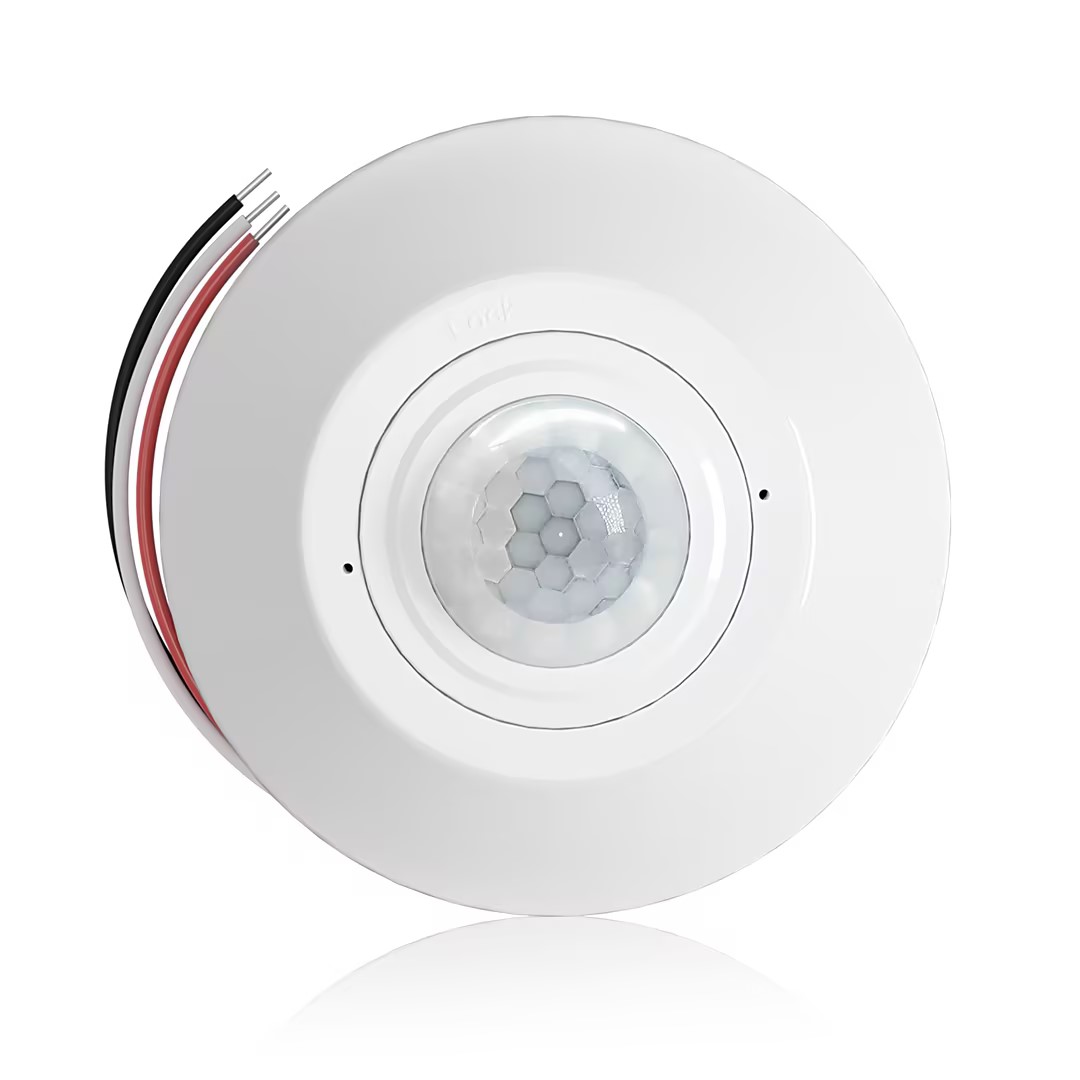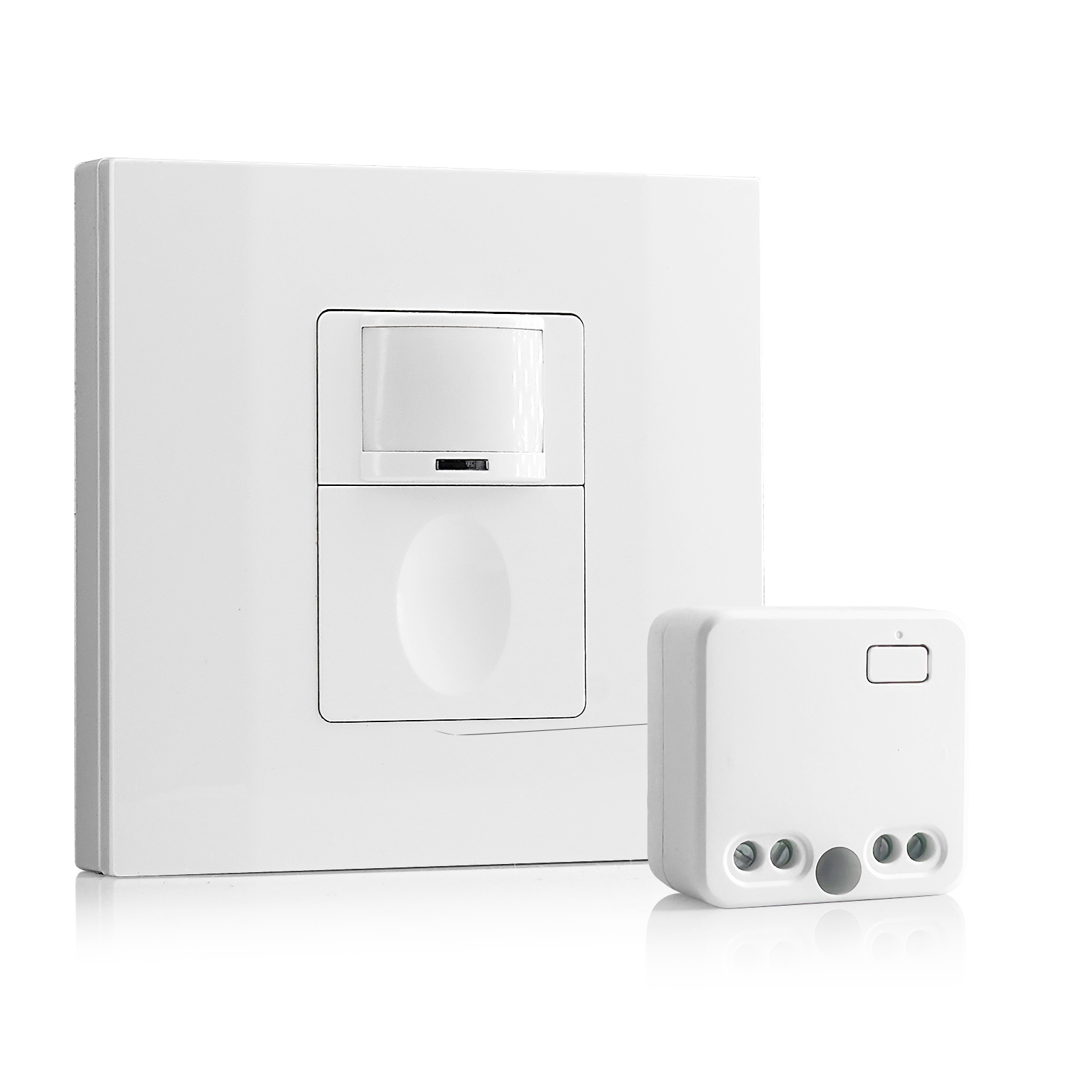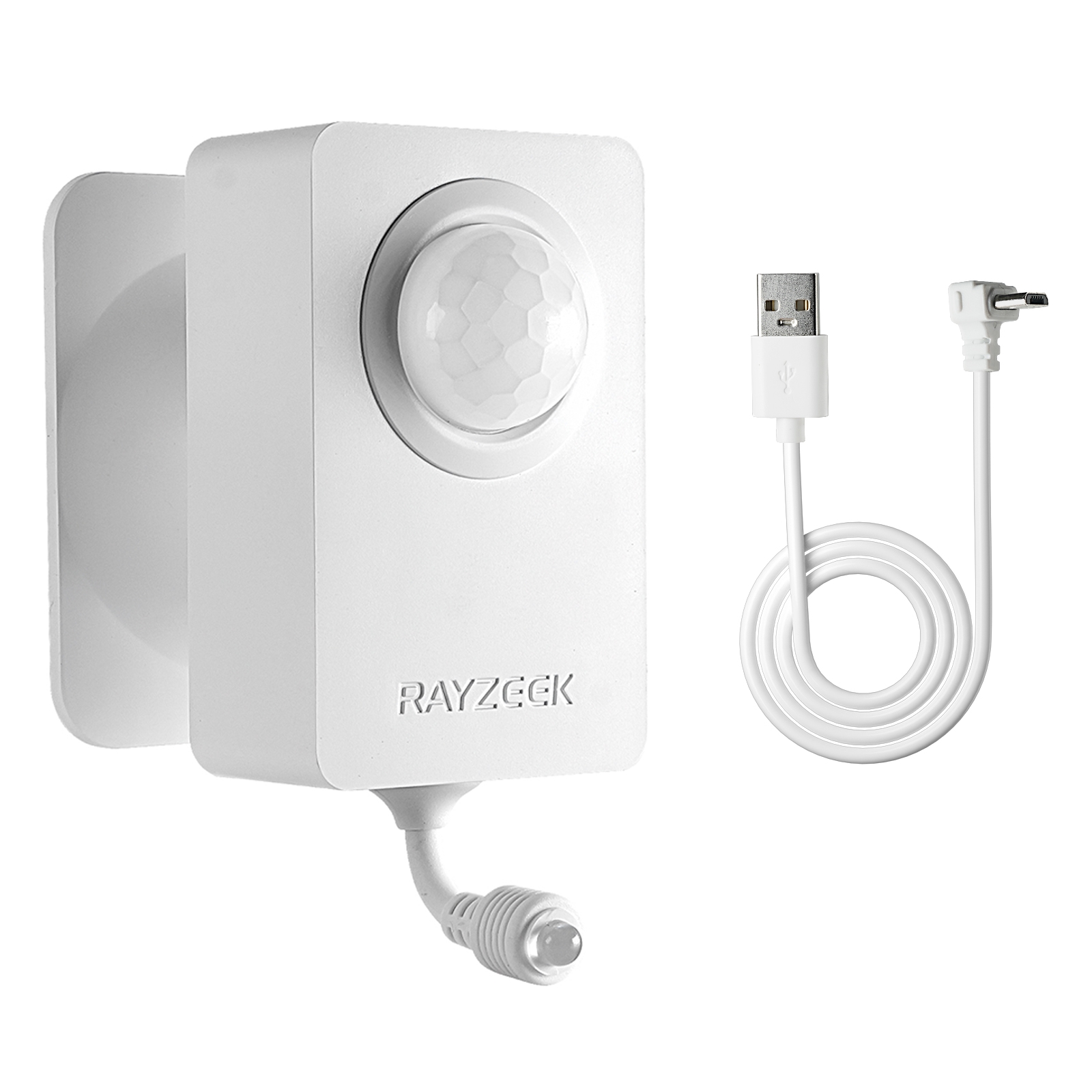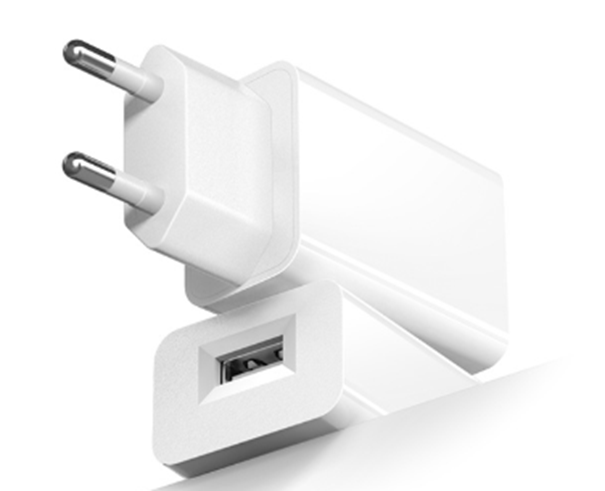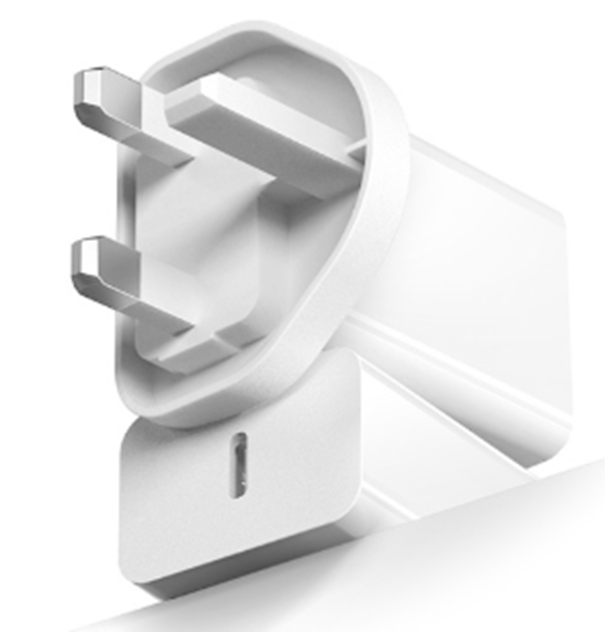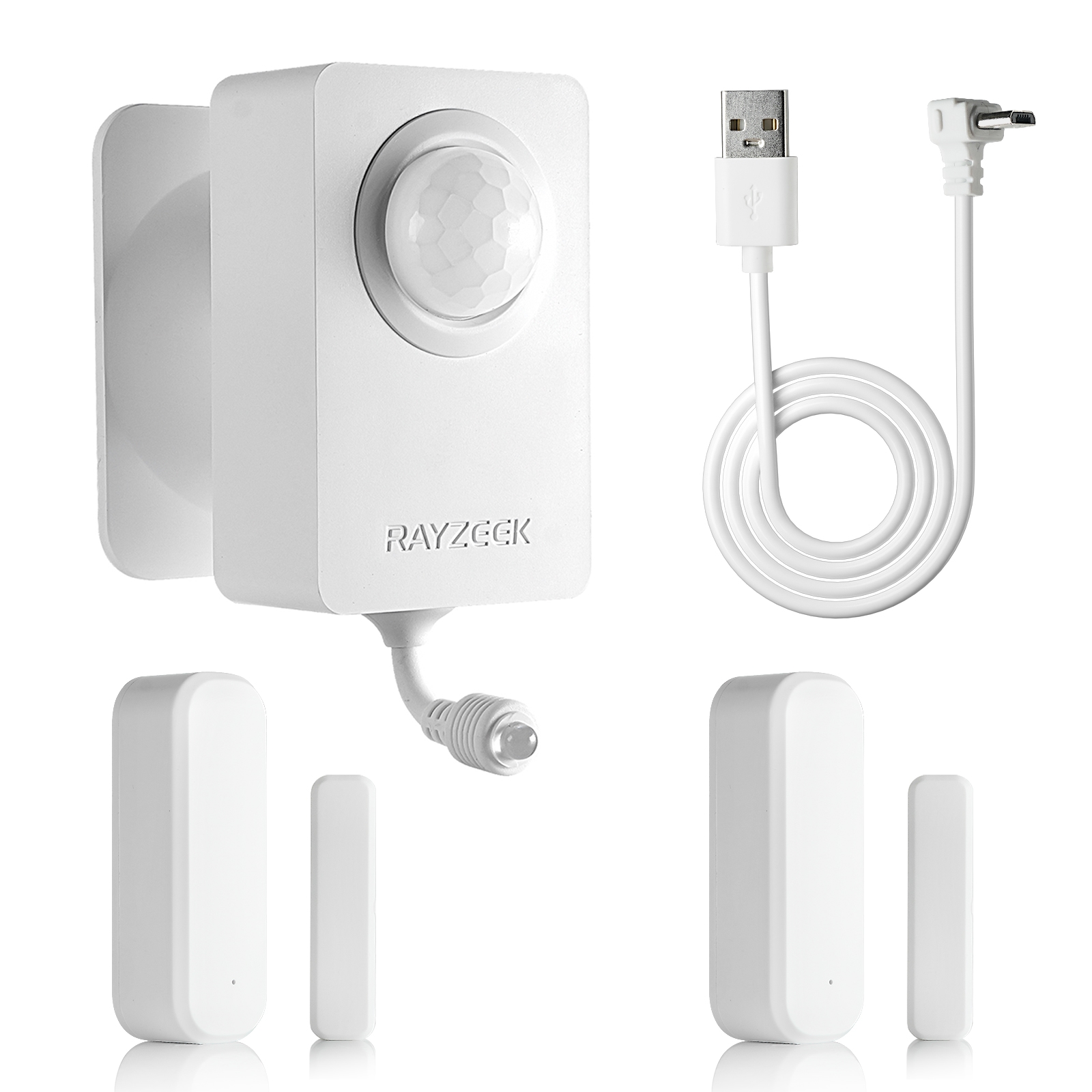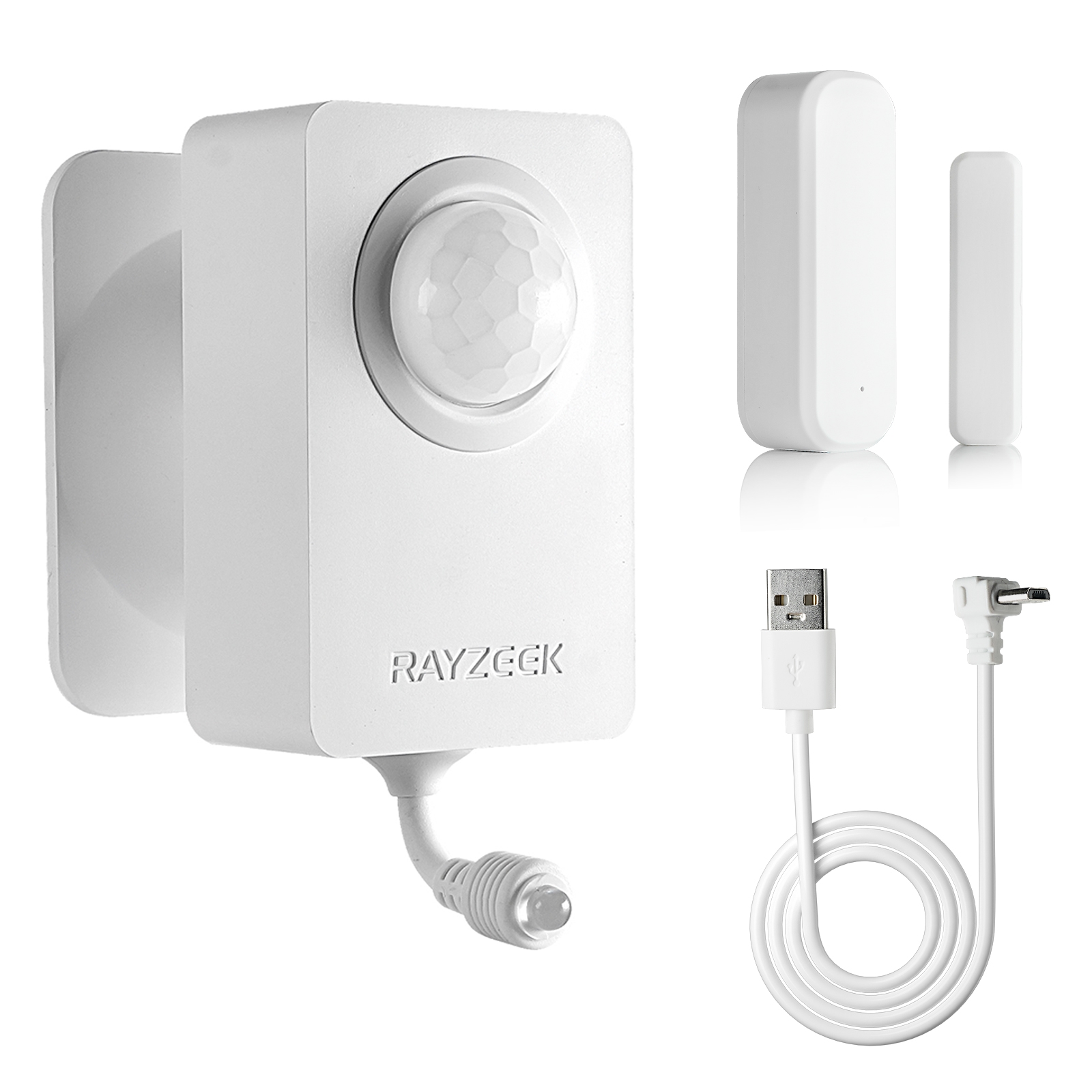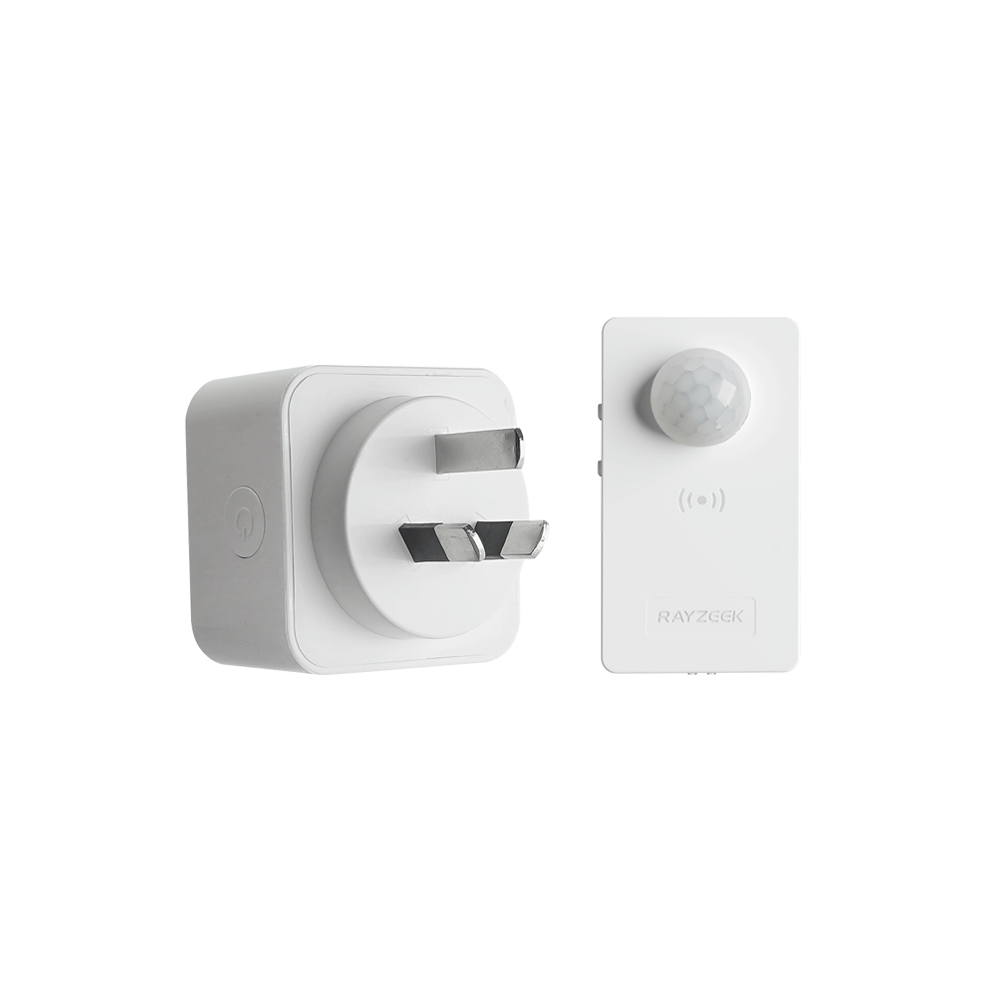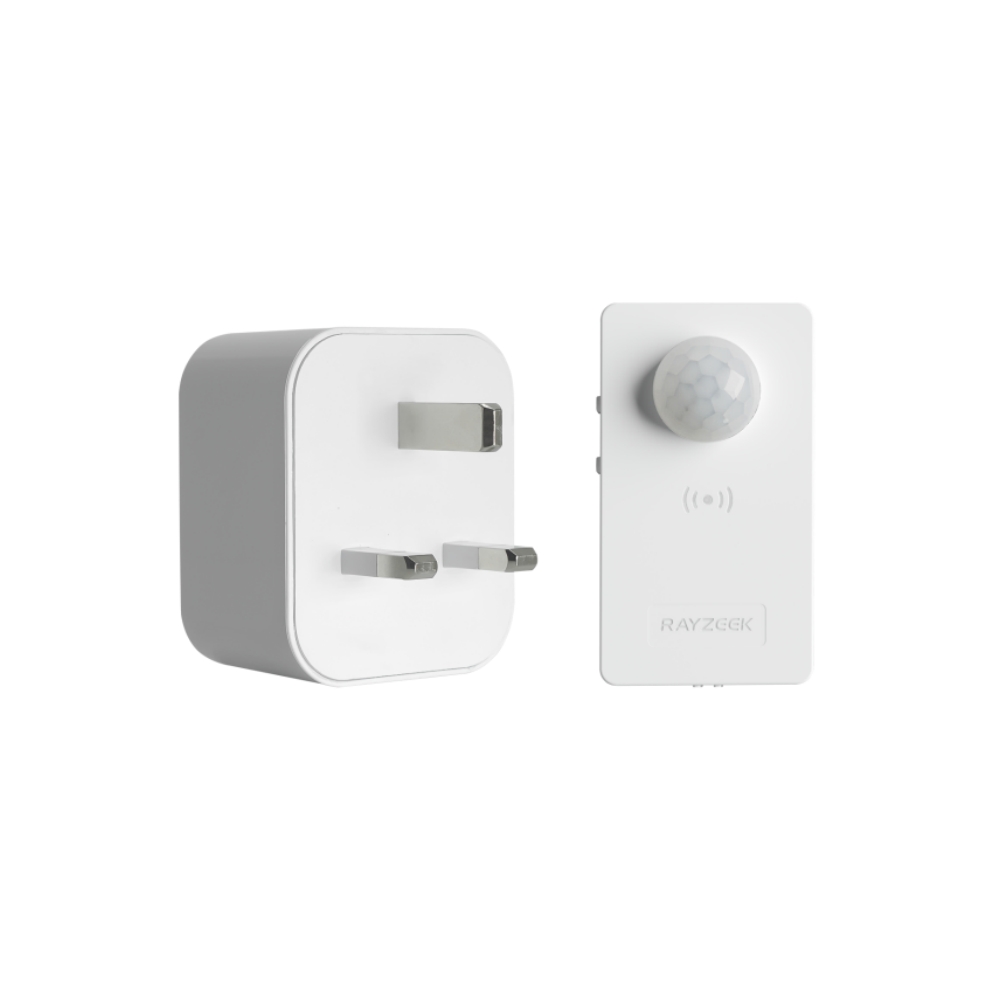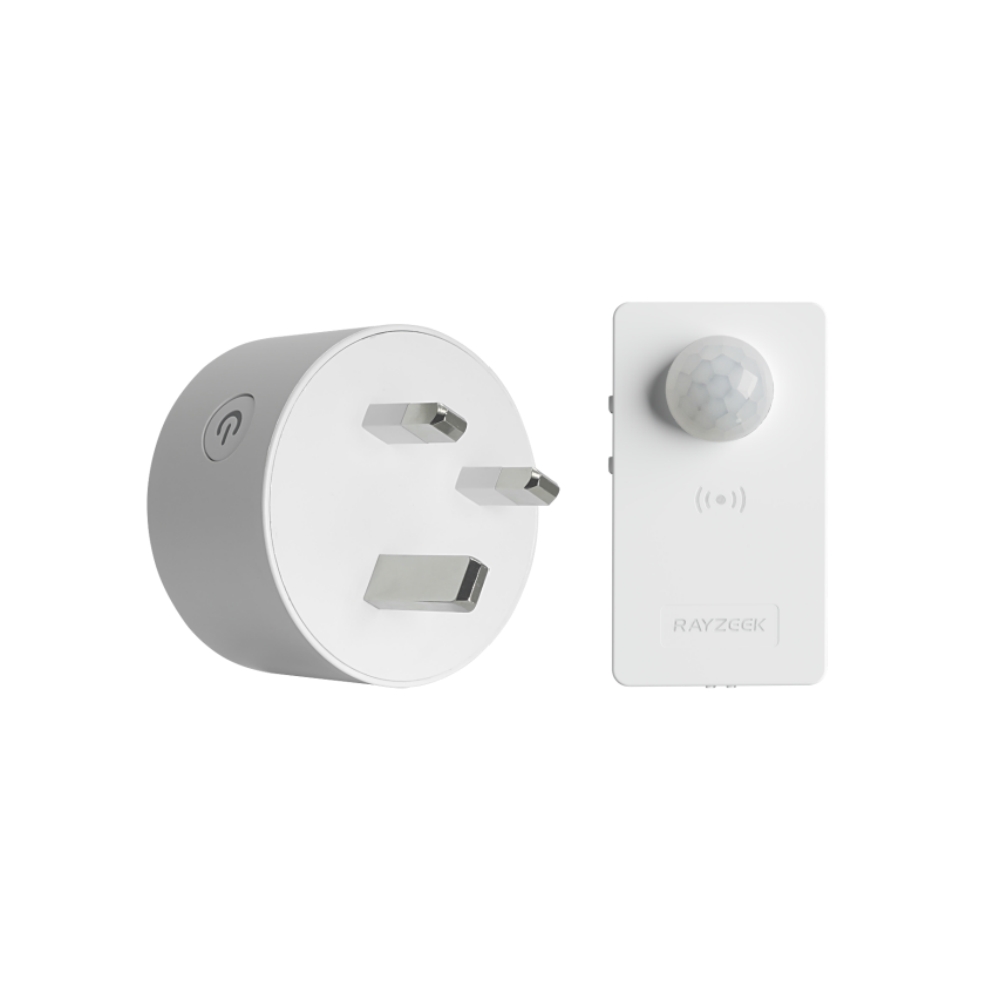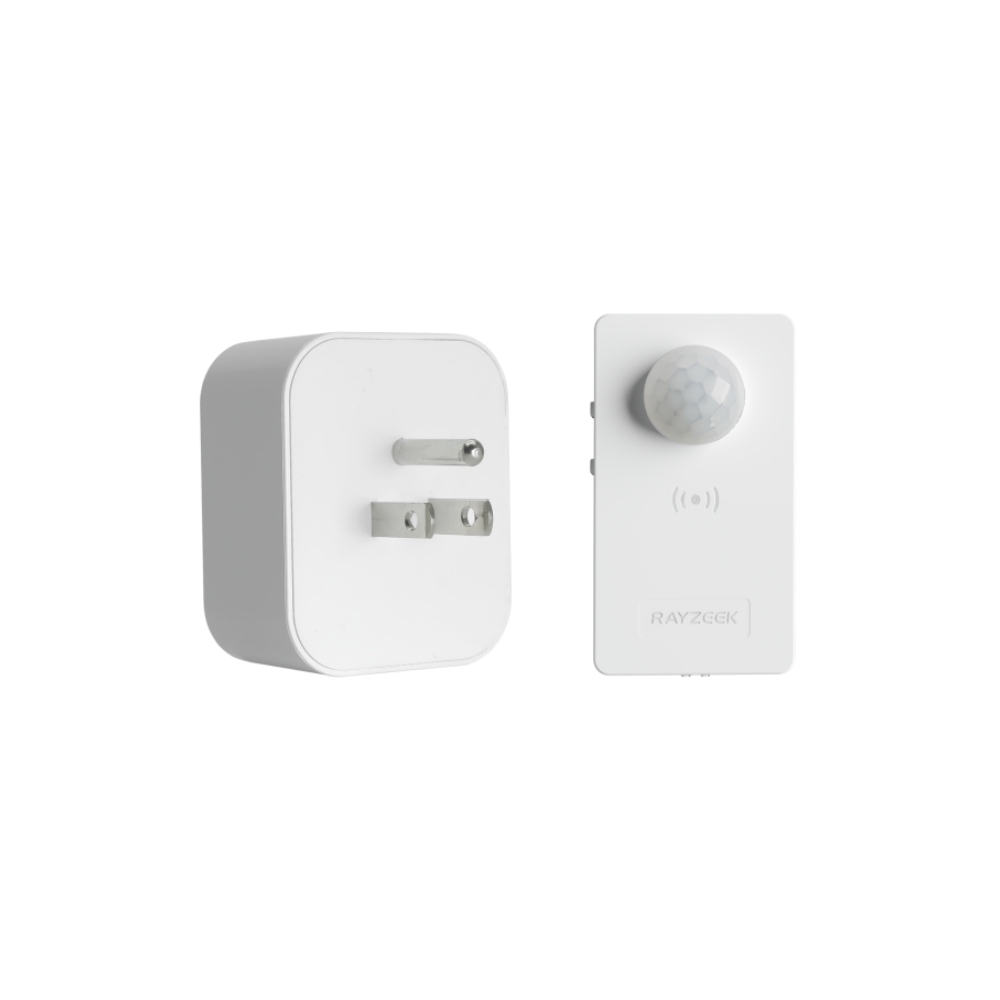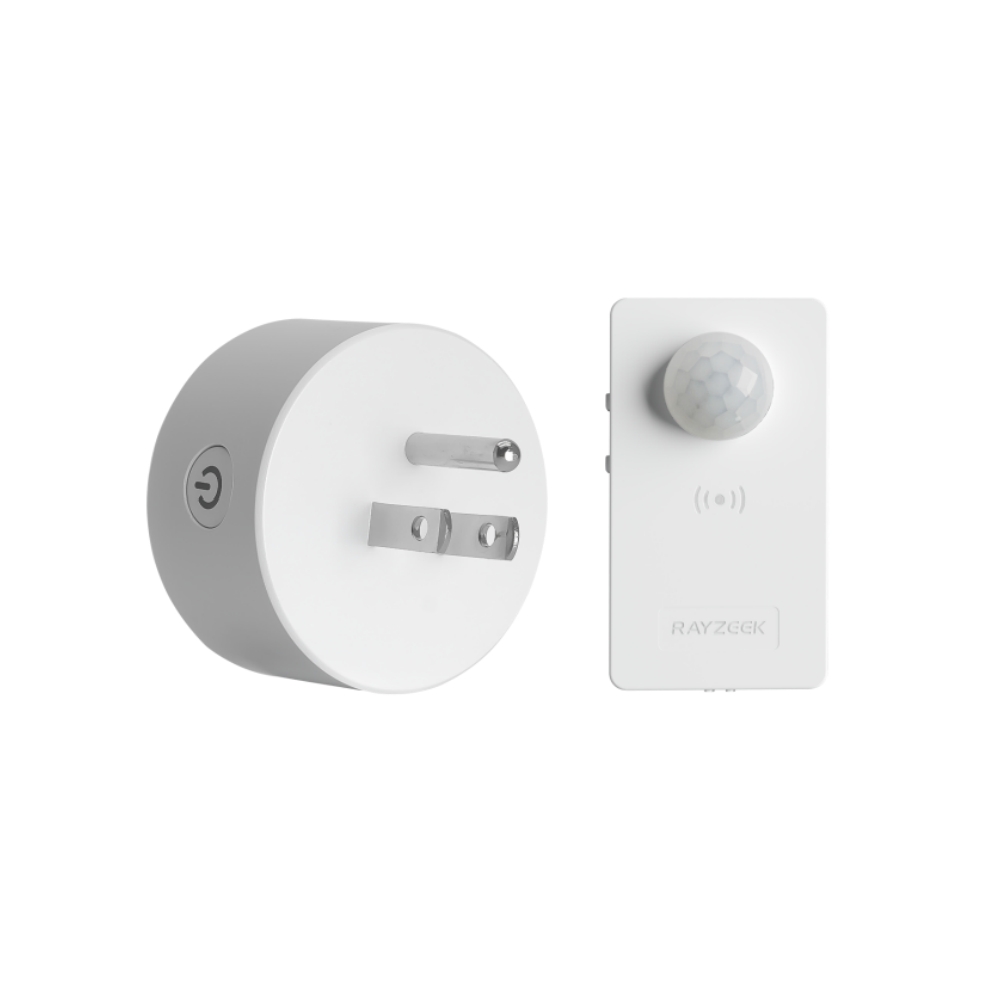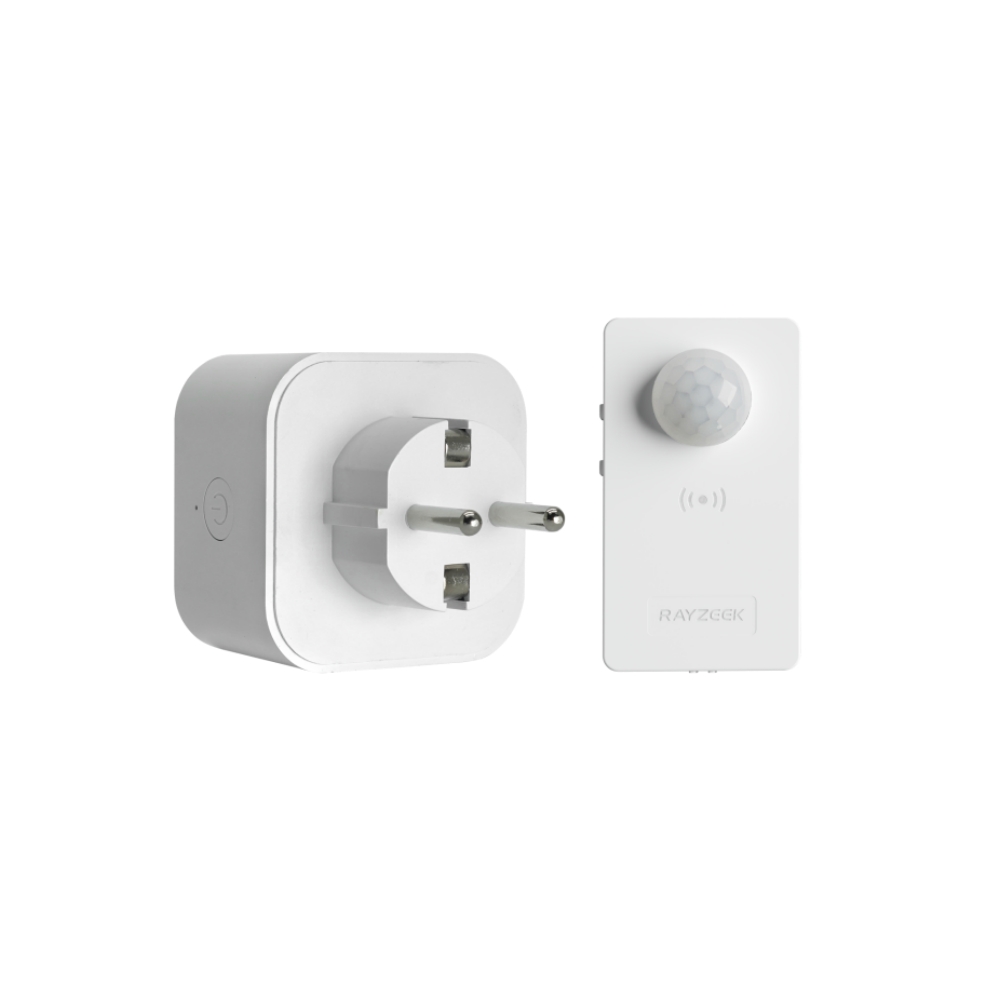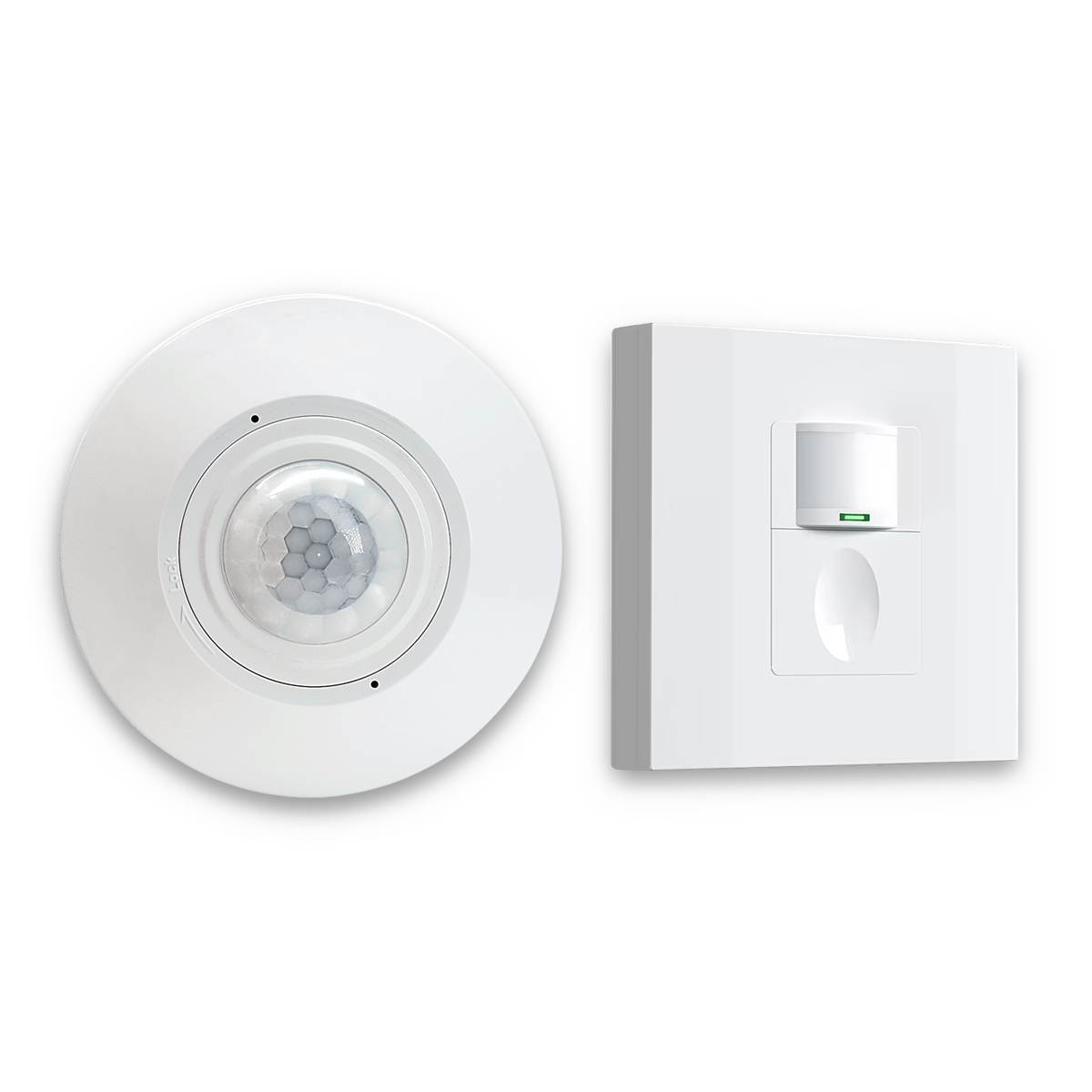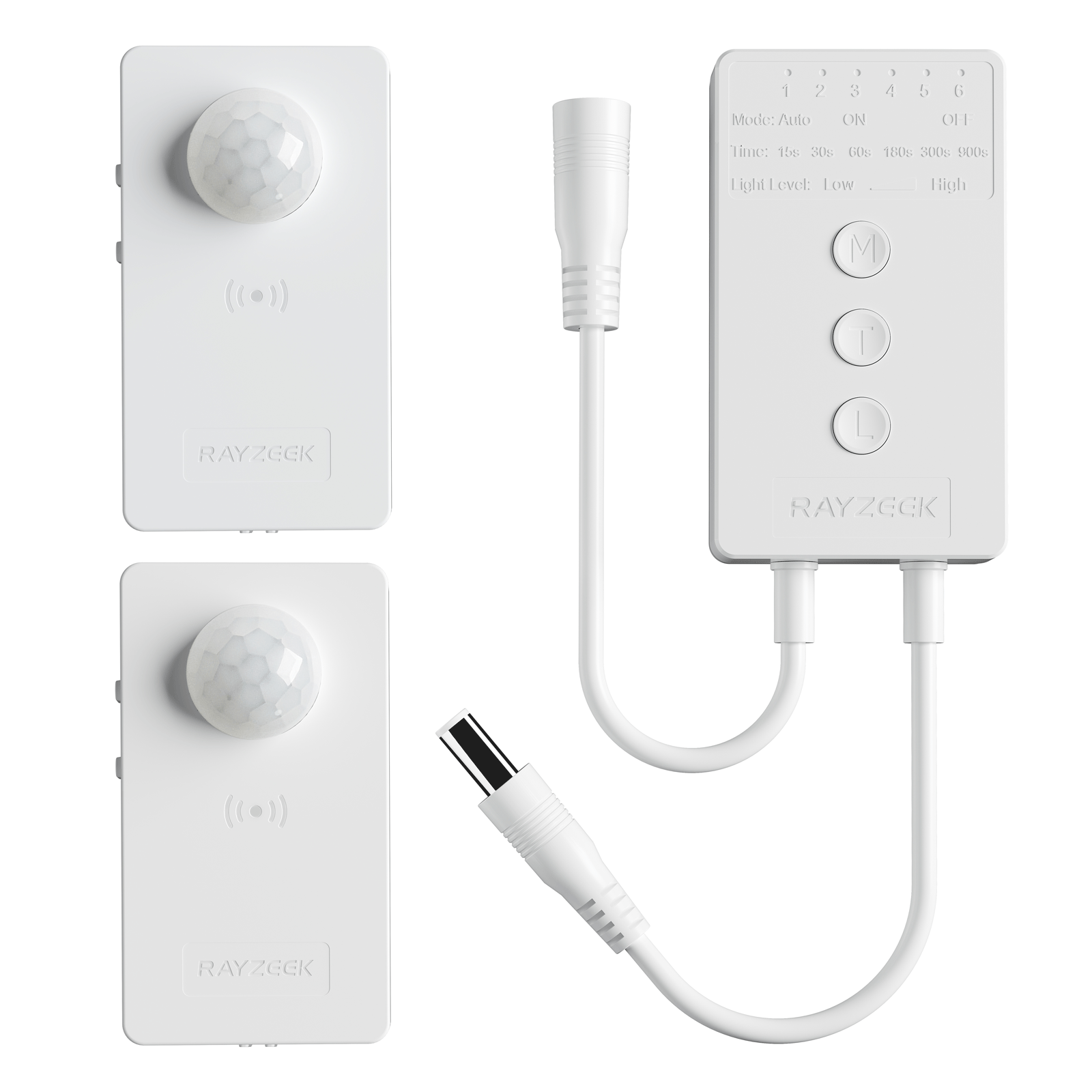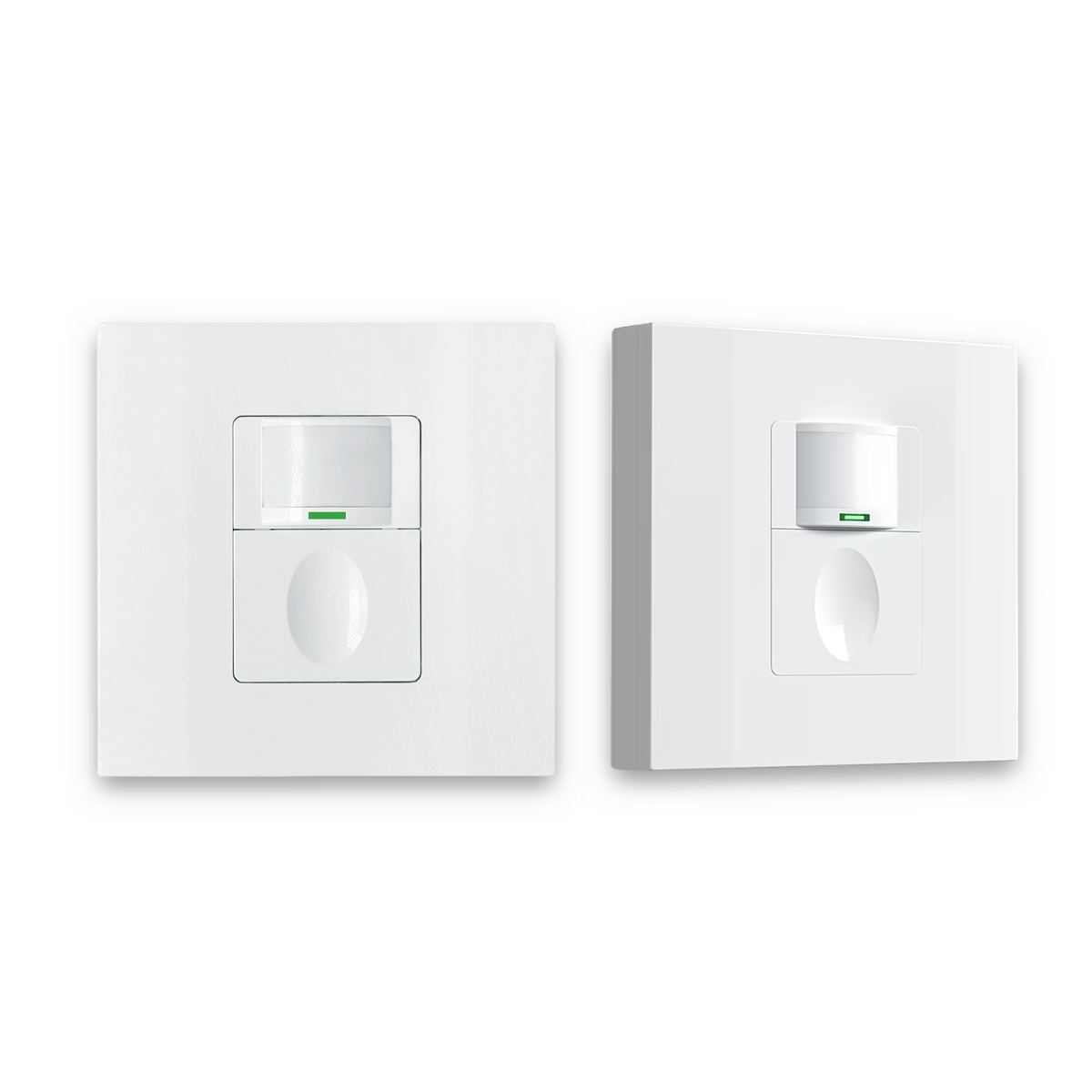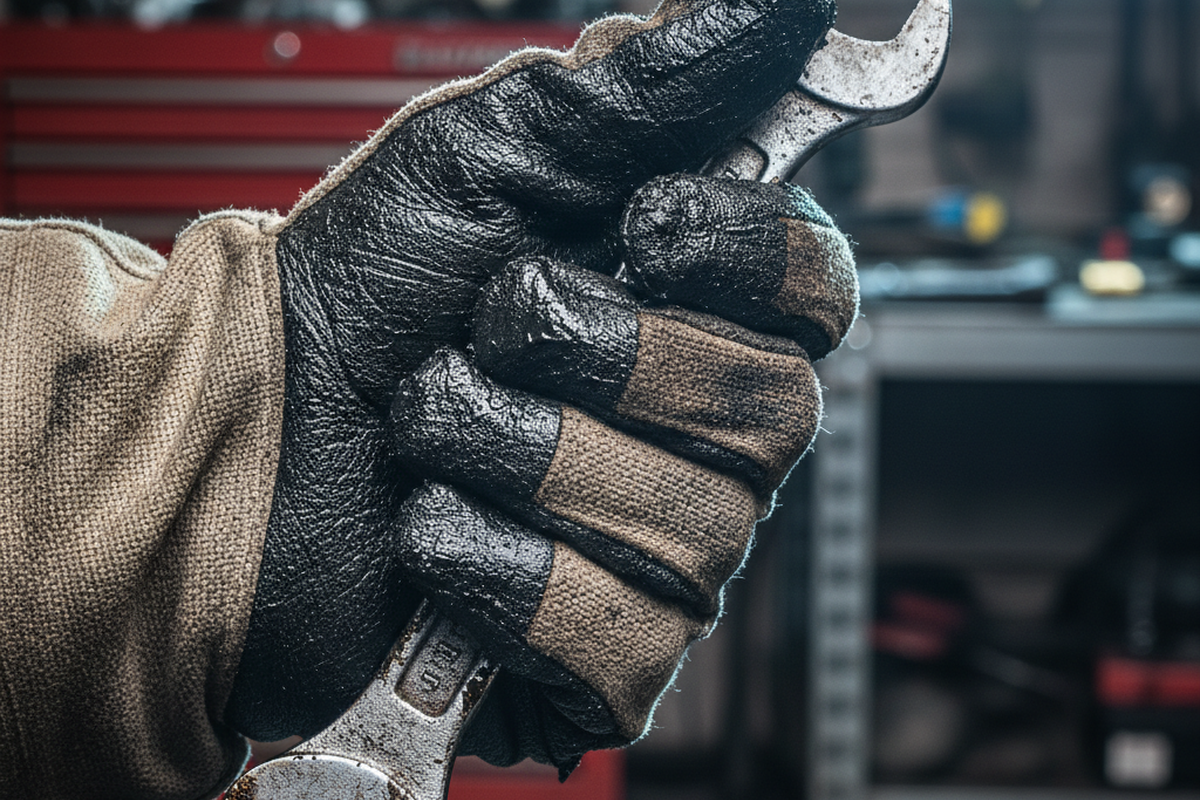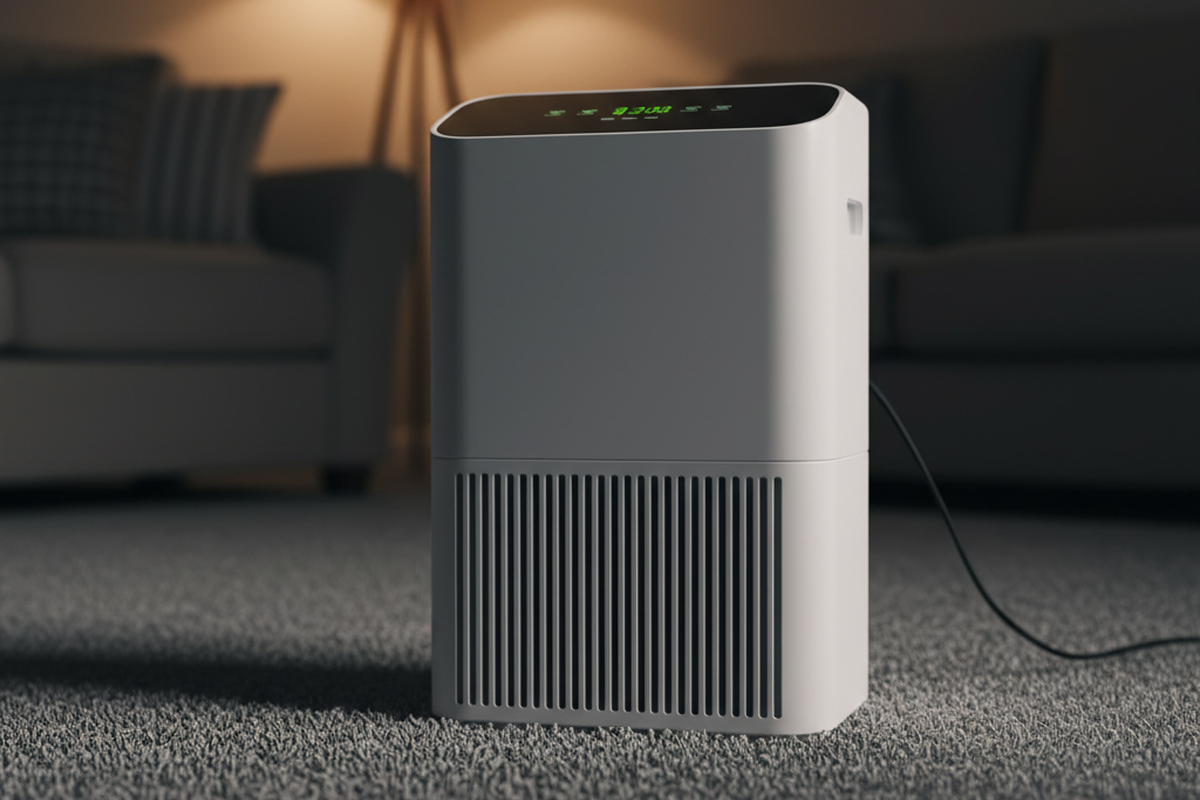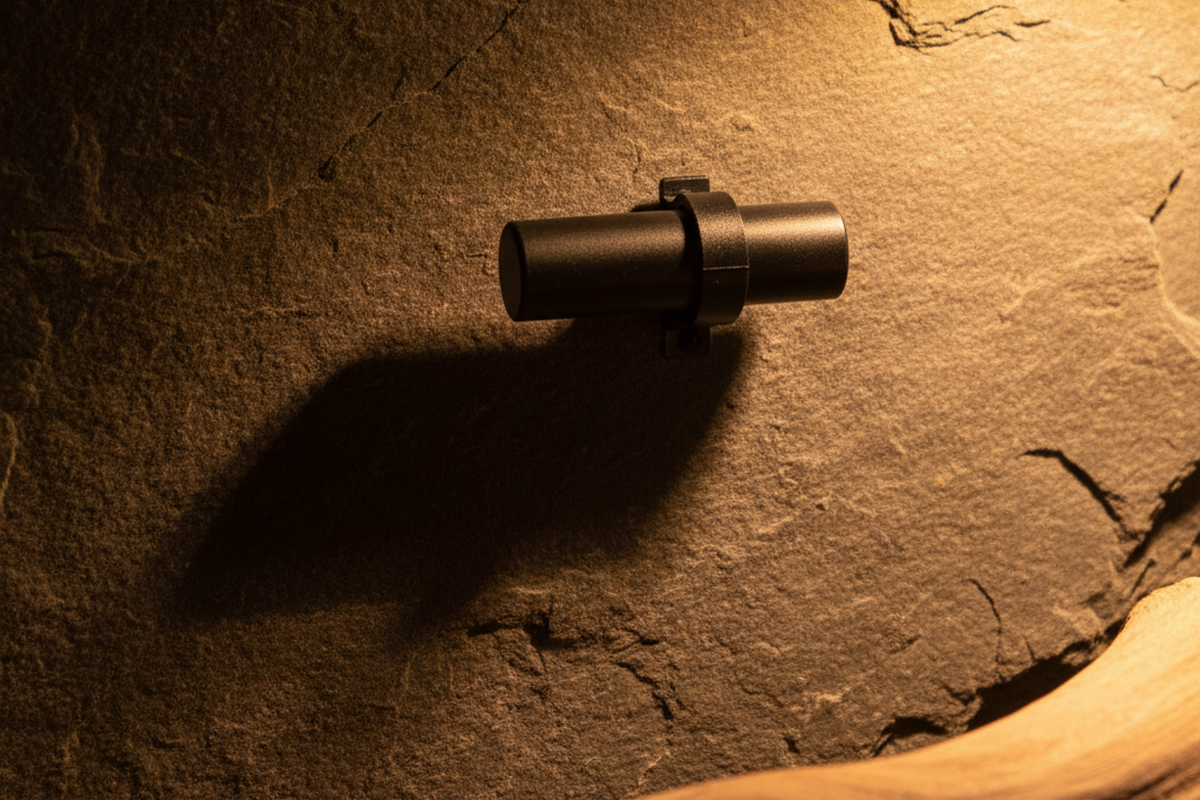In the quiet spaces where security matters most, the choice of a motion sensor becomes a decision of profound consequence. It is a choice that lives between two kinds of failure. One is the loud, disruptive cry of a false alarm, an event that erodes trust and wastes resources with each needless response. The other is a more dangerous silence, the failure to detect a genuine intrusion when everything is on the line. The market offers two answers to this dilemma: the established single-technology sensor and its more complex counterpart, the dual-technology device. This is not a simple matter of cost or features, but a fundamental question of how to reliably perceive presence in a world full of environmental chaos.
To grasp the distinction, one must first understand the two primary ways a machine can be taught to see. The most common method is Passive Infrared, or PIR. A PIR sensor is a patient observer. It emits no energy of its own, but instead watches for a change in the thermal landscape. Tuned to the specific infrared signature of the human body, it triggers when a moving source of heat crosses its field of view. Its counterpart, the Ultrasonic sensor, is an active participant. It fills a room with a constant, high-frequency hum, far beyond our hearing, and listens to the echo. When an object disturbs this delicate sound pattern, it causes a Doppler shift in the returning waves, and the sensor awakens.
Each method of seeing, however, comes with its own inherent blindness. The design of a PIR sensor, with its familiar segmented lens, divides its vision into distinct zones. It excels at detecting movement that cuts across these zones, but it can be famously myopic when an intruder moves slowly or directly towards it. Such a direct approach may fail to cross between detection zones quickly enough to register as a threat. This is not a defect, but a physical limitation, a reality that informs every professional installation and exposes a potential vulnerability in a high-security strategy.
It was this very vulnerability, coupled with the tendency of single technologies to be deceived by their environment, that led to the engineering of the dual-technology sensor. These devices were not created for ideal conditions. They were born from the need for reliability in “hostile” spaces where a lone sensor would be lost in a storm of false triggers. A draft from an HVAC system, the sudden heat from a sun-drenched window, or the low thrum of machinery can all mimic the signature of an intruder to one technology or the other.
The dual-tech solution is an exercise in engineered skepticism. Housing both a PIR and an Ultrasonic sensor, it operates on a simple but powerful principle known as “AND” logic. For an alarm to sound, the PIR must see a moving heat source and the Ultrasonic sensor must hear a disturbance in its sound field. Both events must occur within the same brief window of time, typically just a few seconds. The genius of this arrangement lies in the unrelated nature of their triggers. A gust of hot air might fool the PIR, but it is invisible to the ultrasonic waves. A rattling window might disturb the ultrasonic field, but it has no heat signature. The statistical probability of two such unrelated environmental events occurring in perfect synchrony is almost zero. This dual verification is what provides its near-certain detection of genuine threats and its remarkable immunity to the building’s own ghosts.
The decision, then, is not about which technology is superior in a vacuum, but which is appropriate for the world it will inhabit. The environment itself dictates the choice. A dual-technology sensor finds its purpose in those challenging spaces where the cost of failure is unacceptably high. Consider the warehouse with its temperature swings and resident pests, the sunroom with its dramatic thermal shifts, or any facility where a false alarm dispatches a costly security team. In these scenarios, the added investment in a dual-tech unit is a rational defense against chaos.
Yet, in the stable, predictable calm of an interior hallway or a small closet, a high-quality PIR sensor is the more intelligent choice. Here, the sources of false alarms are absent. A dual-technology sensor offers no meaningful benefit, becoming an elegant solution to a problem that does not exist. Its slightly higher power consumption, while trivial in a hardwired system, becomes a critical flaw in battery-powered applications, which explains its near-total absence from that market. True expertise is not always choosing the most complex tool, but the most fitting one.
Maybe You Are Interested In
Of course, the theoretical promise of any sensor can be utterly undone by the realities of its placement. A specification sheet assumes an empty room, a perfect void that does not exist in the real world of warehouse shelves, office cubicles, and bulky furniture. These physical obstructions create blind spots. A PIR sensor’s line of sight is absolute; it cannot see through a solid object. Ultrasonic waves are more forgiving, able to bounce off surfaces and flow around some obstacles to create a more volumetric awareness. In a cluttered space, a single, well-placed dual-tech sensor can allow the ultrasonic component to cover the gaps in the PIR’s vision. Sometimes, however, the only answer is multiple, overlapping sensors.
But the most common and tragic installation error is one that fundamentally misunderstands the sensor’s logic. Placing a dual-technology unit where one of its senses is constantly agitated effectively neuters the device. Aiming it at a large air vent that keeps the ultrasonic sensor in a perpetual state of alert, for instance, destroys the “AND” logic. The expensive, high-reliability device now only needs a single PIR trigger, perhaps from a patch of sun warming the floor, to send an alarm. The dual-verification system is defeated, and the unit reverts to being a simple, and now poorly positioned, single-technology sensor.
Looking For Motion-Activated Energy-Saving Solutions?
Contact us for complete PIR motion sensors, motion-activated energy-saving products, motion sensor switches, and Occupancy/Vacancy commercial solutions.
This is why a “walk-test” after installation is not a formality but a critical act of discovery. It is the only way to map the sensor’s true field of vision and expose its weaknesses. The process itself reveals the complementary nature of the technologies. Walking across the field of view tests the PIR’s strength, while walking directly toward the sensor should highlight the ultrasonic’s unique capability. For the solo installer, a small mirror becomes an invaluable tool, allowing one to watch the sensor’s indicator light while moving through the space, painting a mental map of its sight lines.
In most commercial settings, the adversary is the environment itself. But in the highest echelons of security, one must account for a human adversary, an intelligent intruder attempting to actively defeat the system. This threat, known as sensor masking, might involve using an insulating material to block a PIR’s view of body heat or a heavy blanket to absorb the waves of an ultrasonic sensor. To counter this, the most advanced dual-tech sensors incorporate a third element: anti-masking. This feature creates a small, active field directly around the sensor, designed to detect any attempt to blind it at close range. If it senses an obstruction, it sends a separate trouble signal, alerting personnel that the guard itself is under attack. It is the final layer of awareness, a sensor designed to protect itself.

